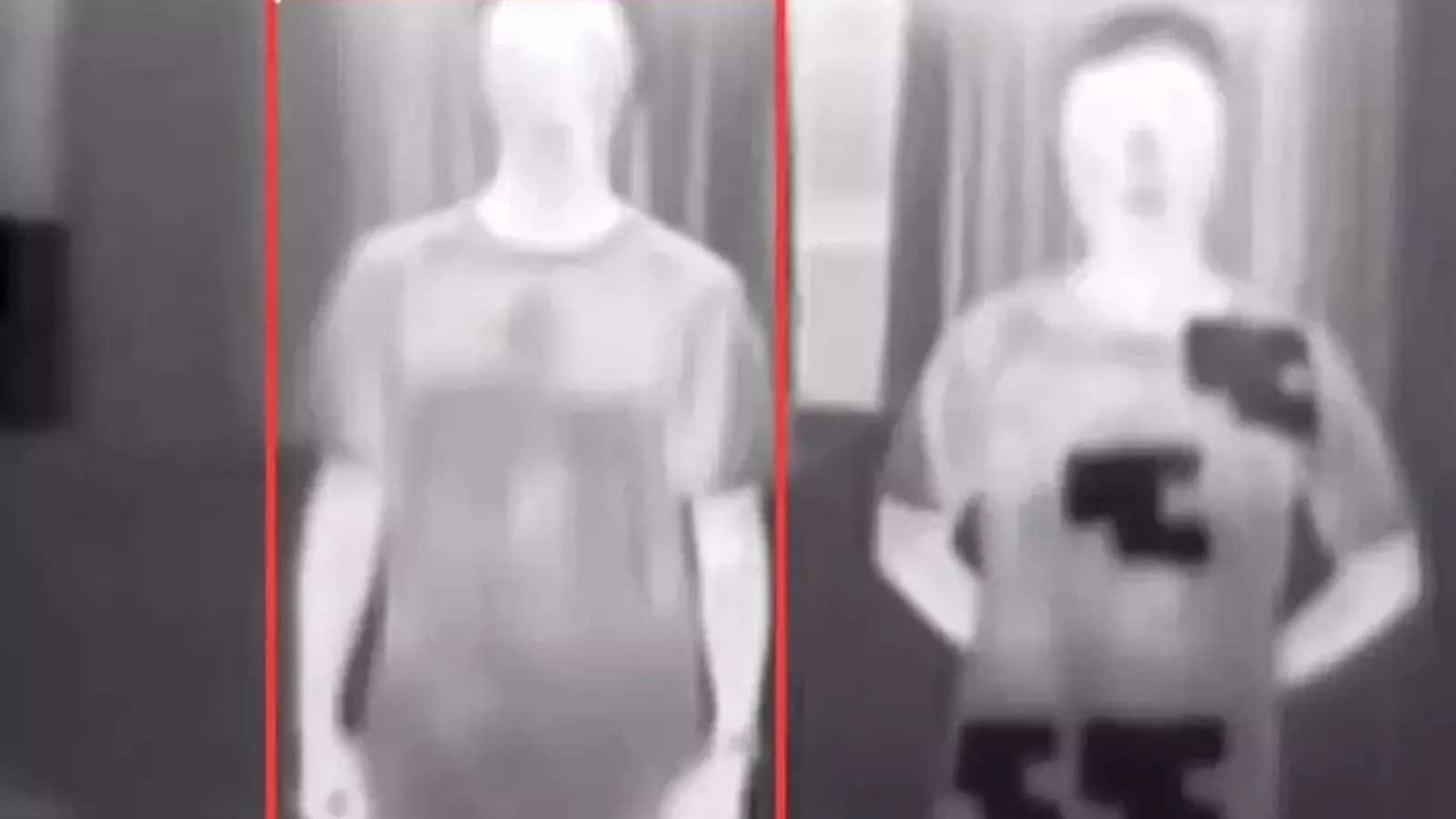Artificial intelligence (AI) could assist us in tapping the boundless energy potential of nuclear fusion.
Google-owned DeepMind, a U.K.-based firm using AI to tackle some of the world’s most demanding science challenges, has trained a deep reinforcement learning system to manage the burning plasma within a nuclear fusion reactor.
Tokamak
THE INSIDE OF A TOKAMAK—a doughnut-shaped device meant to contain a nuclear fusion reaction—displays a unique type of disorder. Hydrogen atoms smash at unfathomably high temperatures, resulting in a swirling, churning plasma hotter than the sun’s surface.
Finding innovative ways to manage and restrict that plasma will be key to unlocking the promise of nuclear fusion, which has long been touted as the future clean energy source.
The science supporting fusion looks to be sound at the time, thus the technical difficulty persists. “We need to be able to heat this element and maintain it together long enough to harvest energy from it,” says Ambrogio Fasoli, director of ETH Zurich’s Swiss Plasma Center.
This is where DeepMind intervenes. The Google parent company Alphabet-backed artificial intelligence startup has previously worked on video games and protein folding, and it has been working on a cooperative research effort with the Swiss Plasma Center to build an AI for managing a nuclear fusion process.
Challenges They Met
One of the most difficult tasks is shaping and maintaining a high-temperature plasma within the reactor. Temperatures within a nuclear fusion reactor can reach hundreds of millions of degrees Fahrenheit, converting materials into a plasma state that is neither solid, liquid, or gas.
Scientists need to hold the plasma together in order to harvest energy from it. Gravity is used in stars to do this, but on Earth, lasers or magnets are required.
How its designed?
The neural network, which is a type of AI system designed to imitate the architecture of the human brain, was first trained in a simulation. It began by studying how different settings on each of the 19 coils altered the form of the plasma inside the vessel.
Then it was given several shapes to try to recreate in plasma. A D-shaped cross section similar to what would be used inside ITER (formerly the International Thermonuclear Experimental Reactor), the large-scale experimental tokamak under construction in France, as well as a snowflake setup that could help dissipate the extreme heat of the reaction more evenly around the vessel were among them.
DeepMind’s AI was able to autonomously find out how to generate these shapes by manipulating the magnetic coils in the proper way—both in simulation and when the scientists did the same tests for real inside of the TCV tokamak to confirm the simulation.
According to Fasoli, it is a “major advance” that could affect the design of future tokamaks or perhaps speed up the path to workable fusion reactors. “It’s a very good effect,” says Yasmin Andrew, a fusion expert at Imperial College London who was not involved in the research. “It’ll be amazing to see if researchers can move the concept to a larger tokamak.”
Fusion offered a great challenge to DeepMind’s scientists because it is both intricate and continuous. Unlike a turn-based game such as Go, which the company famously defeated with its AlphaGo AI, the state of a plasma changes all the time. To make matters even more difficult, it cannot be measured on a continual basis. It’s what AI researchers refer to as a “under–observed system.”
“Sometimes, algorithms that are effective at these identify the source struggle with such continuous challenges,” explains Jonas Buchli, a DeepMind research scientist.
“This was a huge step forward into our algorithm because we were able to demonstrate that it is achievable.” And we believe that this is a very, very difficult challenge to address. It’s a distinct kind of intricacy than what you see in games.”
It is not first AI to Control Nuclear Fusion
This is not the first time that artificial intelligence has been employed to attempt to control nuclear fusion. Google has been collaborating with the California-based fusion business TAE Technologies since 2014 to use machine learning to a different sort of fusion reactor, thereby speeding up the interpretation of experimental data. AI has been utilised in research at the Joint European Torus (JET) fusion project in the United Kingdom to try to forecast the behaviour of plasma. The concept is even used in fiction: In Spider-Man 2, the villain Doc Ock constructs an AI-powered, brain-controlled exoskeleton to manage his experimental fusion reactor, which works flawlessly until the AI takes over his head and begins murdering people.









